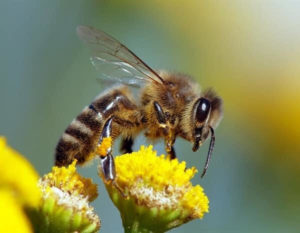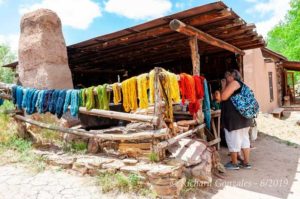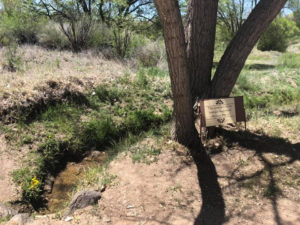History Herald
Hello from your History Herald! As spring gently rouses New Mexico from its winter sleep, the days become warmer and brighter and our gardens welcome back their beautiful blooms. Will all this beauty around, I am inspired to talk about one of Earth’s most impressive and important species who starts to make an appearance around…
Read Moreby Laura Gonzales, Education & Volunteer Manager Wind, allergies, sunshine in some places, snow in others, we all know what that means; it’s officially Spring in New Mexico! It’s the season symbolizing growth, renewal and rebirth. Looking around at the natural beauty of New Mexico we see color springing into vibrancy around us once again.…
Read Moreby Laura Gonzales, Education & Volunteer Manager Did you know that Acequias are the oldest water management institutions in the United States? They were also the first non-Indigenous form of government in New Mexico, a system still in place in small rural communities. This system of irrigation, brought by the Spanish who learned from the…
Read Moreby Laura Gonzales, Education & Volunteer Manager Hello from your History Herald! You may be familiar with the Paloheimo name, Leonora and Y.A., the founders of our museum, but did you know that Leonora comes from a line of pretty remarkable women? Eva Scott Fényes, her daughter Leonora Scott Muse Curtin, and granddaughter Leonora Curtin…
Read Moreby Laura Gonzales, Education & Volunteer Manager Hello from your History Herald! Did you know that in 1950, in the Capitan Mountains of New Mexico, crews discovered a major wildfire driven by strong wind? As the crew battled to contain the blaze they received a report of a lone bear cub seen wandering near the…
Read Moreby Laura Gonzales, Education & Volunteer Manager Hello from your History Herald! “Play is the highest form of research.” – Albert Einstein. When you were a kid did you ever play “bones”? Ever wonder why dice (and often dominoes, which are also called “tiles”) are called “bones”? You guessed it! Because they were originally made…
Read More





